Do you live in Texas? Maybe you're hoping to move there soon. Either way, you've likely heard that Texans have major foundation problems. We did extensive research to find out if there are any preventative measures you can take to protect your home. See our findings below.
Routine maintenance is the key to preventing foundation problems in Texas. It would be best if you incorporated the following into your home maintenance procedures:
- Proper soil compaction
- Post tensioned foundation
- Professional home inspection
- Soaker hoses
- Foundation drainage hoses
- Plant trees away from foundation
Now that you know which steps you should take to help prevent foundation problems, it's important to understand the causes. Read along as we discuss the reasons behind foundation problems in Texas, how to implement preventative measures, how much foundation repair costs, and more.
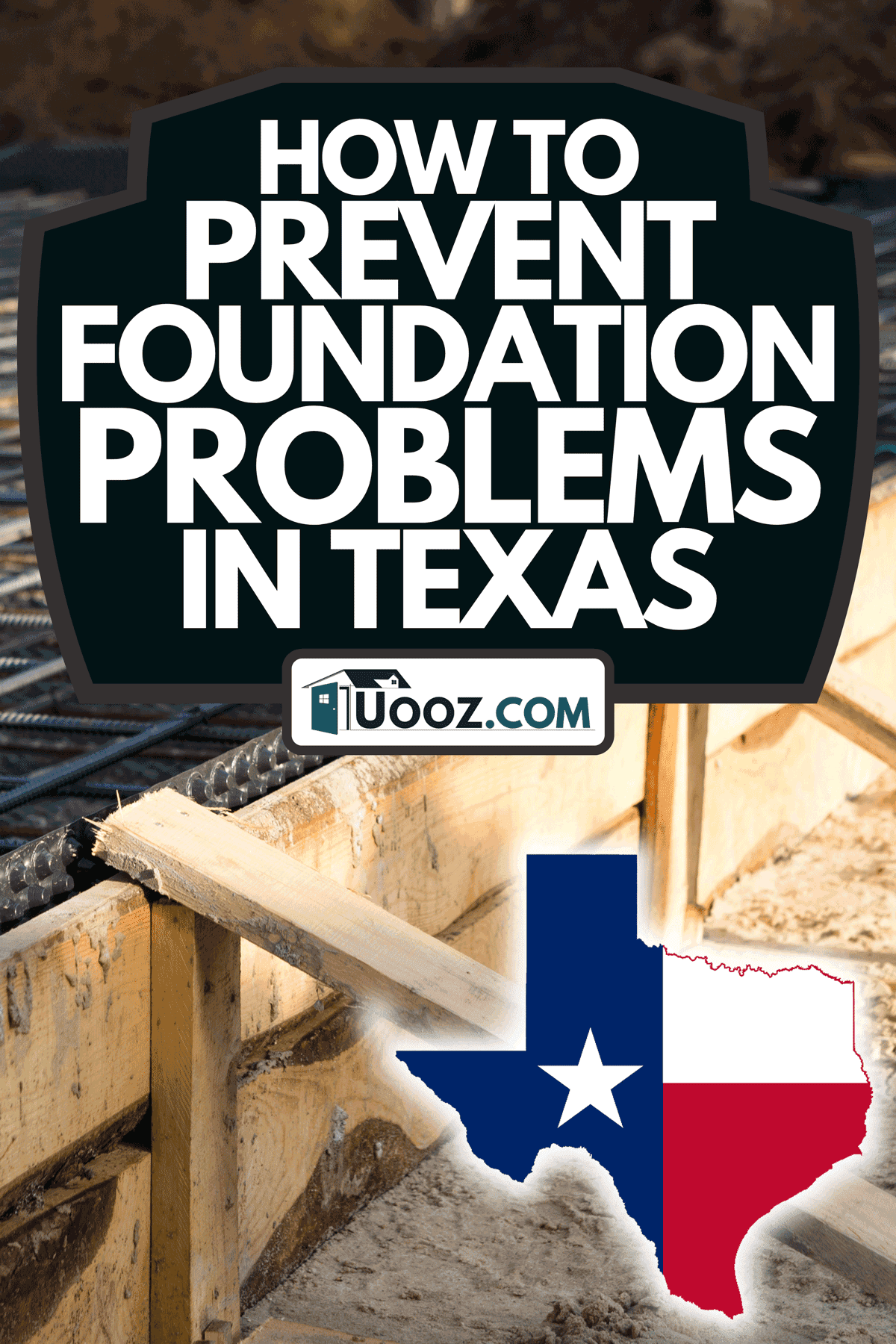
What Causes Foundation Problems in Texas?
To better incorporate preventative measures, it's essential to understand what causes so many homes in Texas to have foundation problems. Unlike many other regions, a large majority of the land in Texas consists of clay soil. This clay is prone to shifting and volume changes. When it's wet, the clay expands; when it's dry, the clay contracts.
Since weather conditions in Texas are so unpredictable, receiving great amounts of rain at a time then suffering from drought during the hot summer months, the moisture content is constantly fluctuating. According to MetroTex, these fluctuations cause the clay to expand and contract more than soil in other regions, ultimately causing foundations to shift and crack.
How to Prevent Foundation Problems in Texas

For Texans, foundation problems come as no surprise. It's a constant battle; however, there are some things you can do to prolong the life of your home. As with most things, routine maintenance is a must, but there are also a couple of things you can do before building your home:
- Proper soil compaction
- Post tensioned foundation
- Professional home inspections
- Soaker hoses
- Foundation drainage hoses
- Plant trees away from foundation
1. Proper Soil Compaction
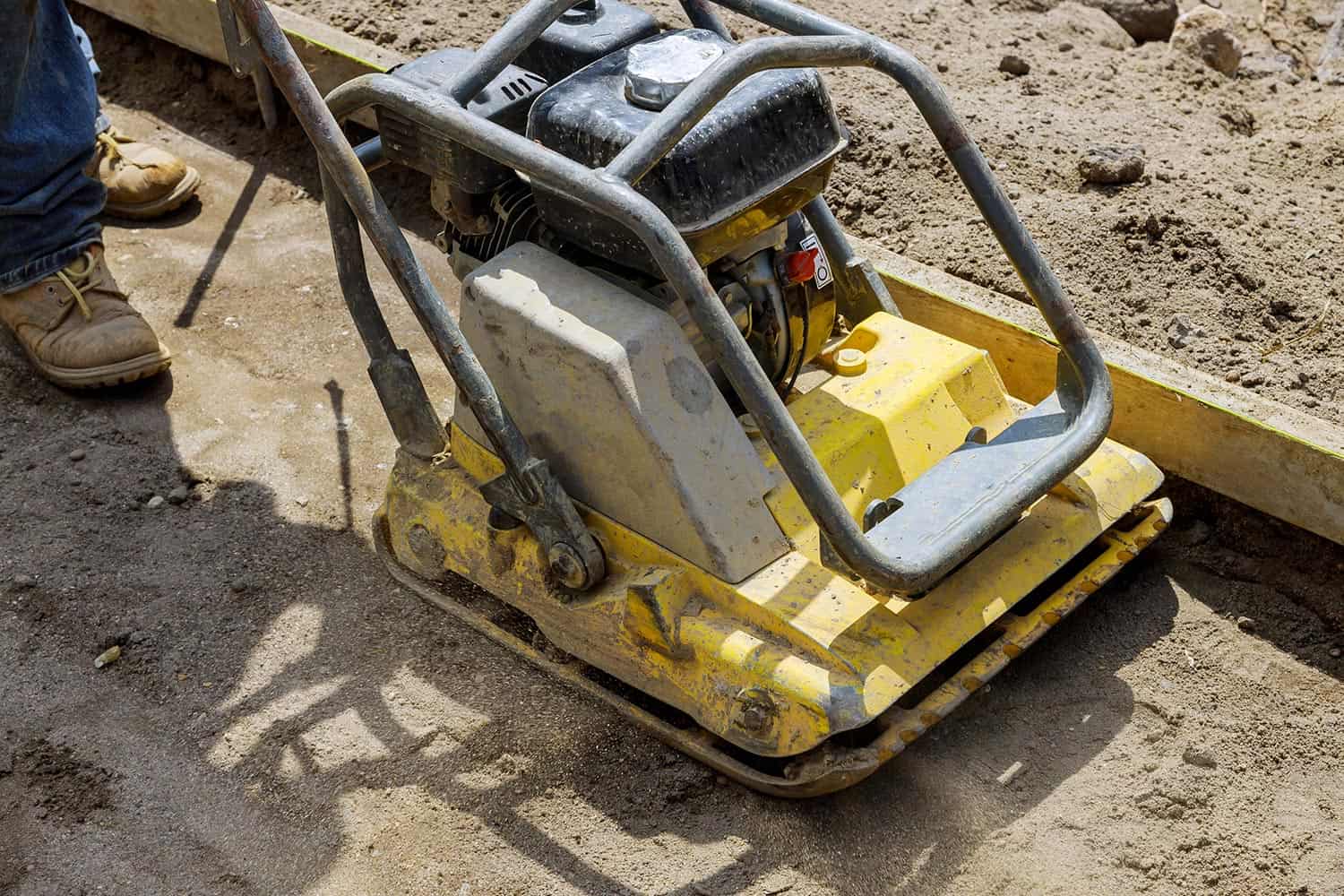
When building a home, proper soil compaction is important. This is especially true for homes in Texas. Since clay soil is overly susceptible to volume changes, it must be compacted as tightly as possible. If done properly, soil compaction can help prevent future foundation issues.
2. Post Tensioned Foundation
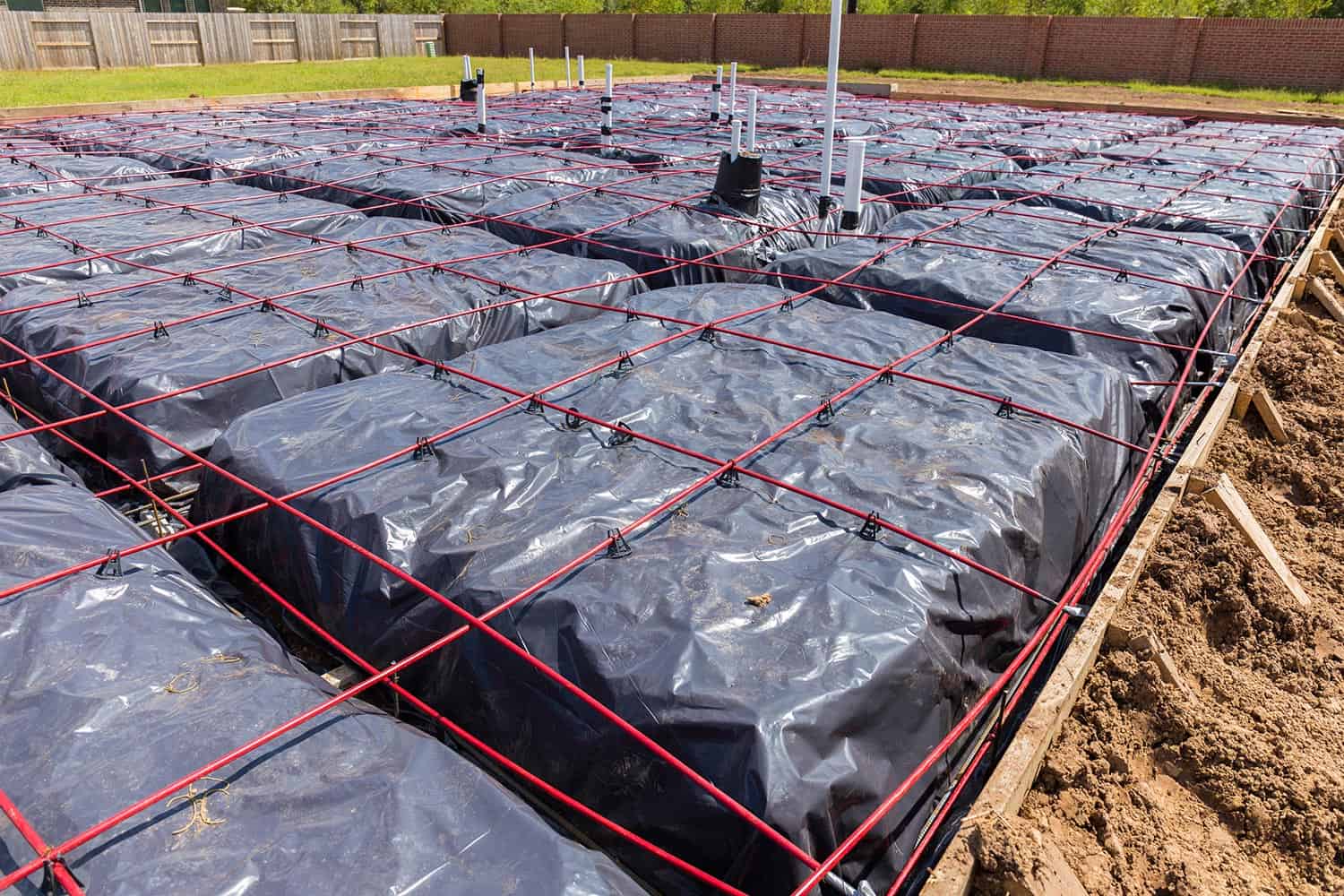
Most homes in Texas are built on concrete slabs. Many builders use post-tensioning tendons to help better secure those slabs.
Before the concrete is poured, workers strategically place post-tensioning tendons. Before the concrete completely cures, workers pull the tendons tightly and anchor them along the edges of the foundation. This helps keep the slab tight and in place throughout the changing of the soil underneath.
3. Professional Home Inspections
Hiring a professional home inspector to do routine checks can help you catch any problems before they get out of hand. This inspector should not only check the structure but should also do a plumbing inspection. This inspection is necessary because plumbing leaks are common culprits of foundation damage.
4. Soaker Hoses
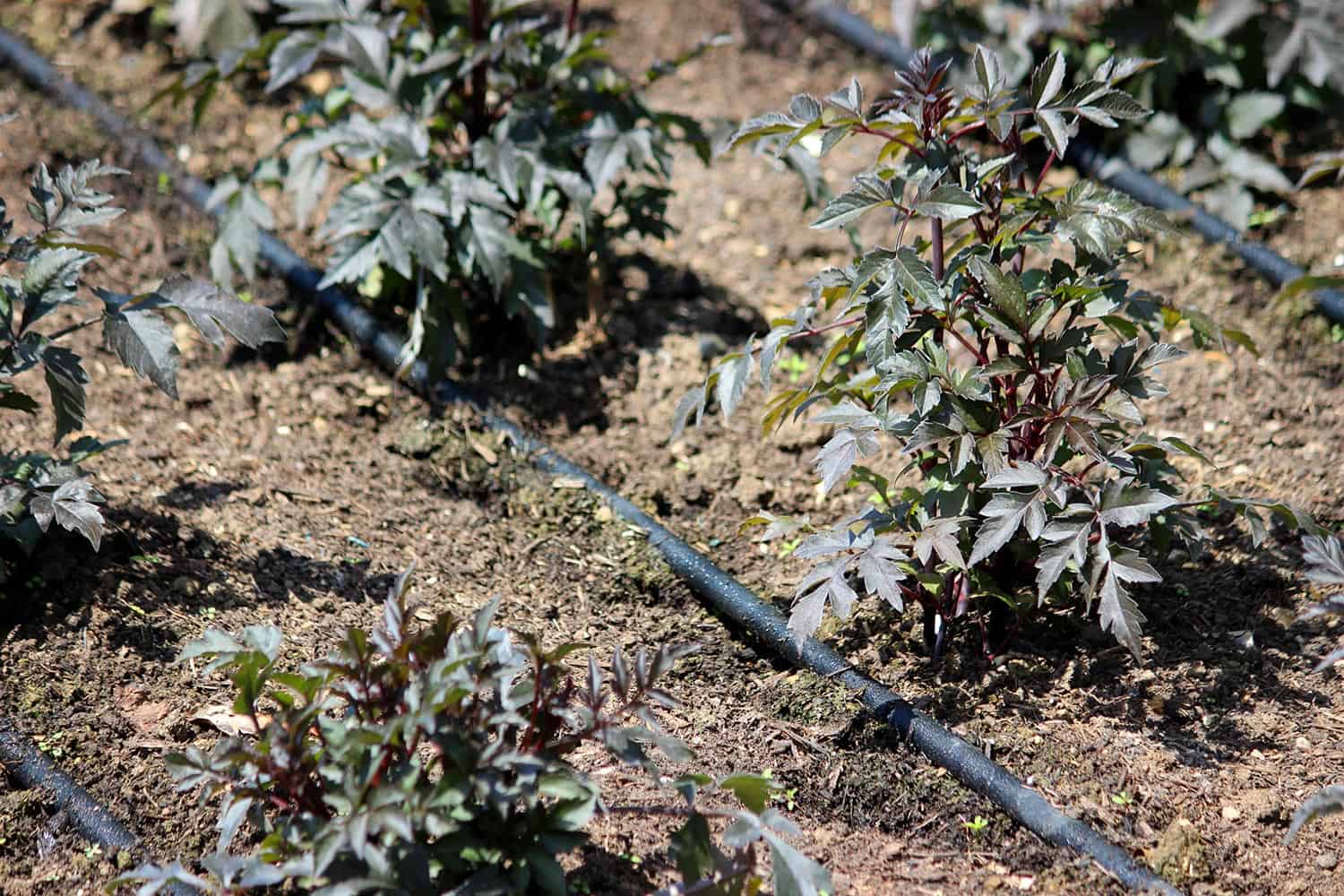
The heat in Texas regularly exceeds 100 degrees Fahrenheit. During those hot days with very little moisture, it's important to keep not only the ground wet but also your foundation. This prevents the underlying clay soil from contracting, and it also prevents cracks in the concrete slab.
However, when utilizing soaker hoses, you must be very careful. You should never place the hose directly against the foundation. Doing so will cause the water to puddle underneath the slab, resulting in overly expanding clay. Just as you don't want the clay to contract, you also don't want it to expand more than normal. The goal is to keep the soil moisture as consistent as possible all year round.
How to Use a Soaker Hose
For best results, situate the soaker hose approximately 15 to 20 inches away from your foundation. Make sure you have enough water pressure to evenly water your slab. How often you need to water your slab and the duration will depend on your particular circumstances.
To start out, you can try running the hose for about 20 to 30 minutes per day for approximately five days per week. You can then adjust these times as necessary. If you notice your yard beginning to get muddy, you are adding too much water. However, if the ground still looks dry, you are not watering it enough.
Check out this soaker hose on Amazon.
5. Foundation Drainage Hoses
Just as you don't want your foundation to become too dry during the summer, you also don't want it to become too wet during the rainy seasons. Therefore, you will need to install foundation drainage hoses to help excess water drain away from your home.
You can view landscaping drainage hoses on Amazon.
You can purchase your own drainage hoses and bury them around your house, or you can hire a professional crew to get the job done for you. Extended gutters are another effective way to help water drain away from your home. You can purchase drain extenders to place on the bottoms of your gutter pipes. Make sure these extenders are at least 3 feet long.
Click here to see drain pipe extenders on Amazon.
Plant Trees Away from Foundation
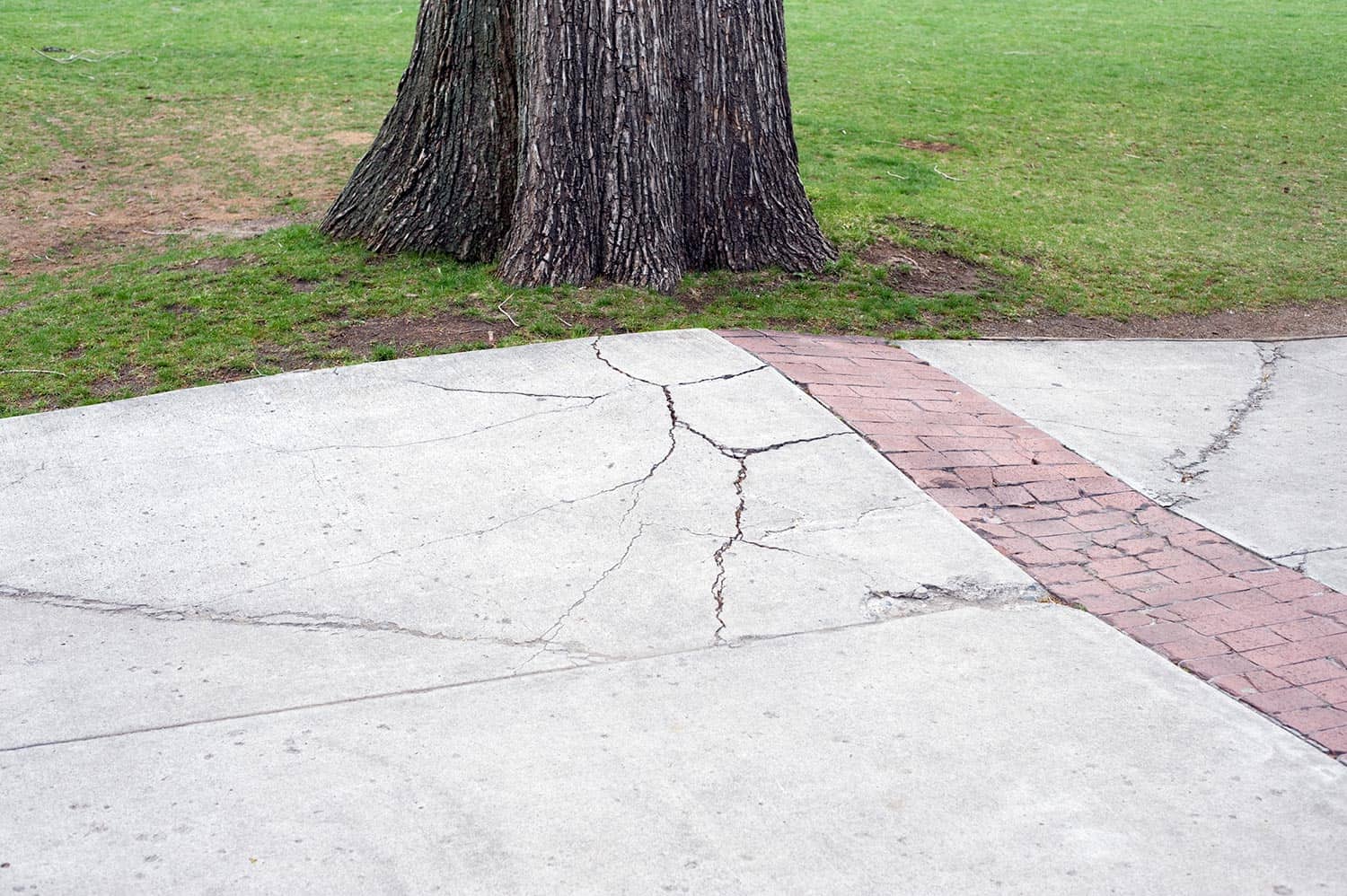
When planting trees, especially those with the potential to grow large, make sure to position them at least 30 feet from your home. Large roots can damage the concrete slab. During hot months, trees compete with your foundation and other plants for water. If they are too close to your home, the roots will soak up any moisture that could potentially benefit your slab.
If you already have mature trees growing close to your home, there are a couple of things you can do to help prevent them from damaging your home's foundation. We have already discussed using soaker hoses to water your foundation.
However, when it's really hot, make sure to water the trees as well. According to HD Foundations, you should do this at least twice a week, maybe more. You can also utilize root barriers to help keep the roots from upheaving your concrete slab.
Click here to view root barriers on Amazon.
Signs of Foundation Problems
No matter how many measures you take to keep your home structurally sound, you could still end up with foundation problems in Texas. Therefore, you should know the signs and be on the lookout for anything out of the ordinary, including the following:
- Cracks
- Upheaval in slab
- Protruding nail heads
- Plumbing leaks
Cracks
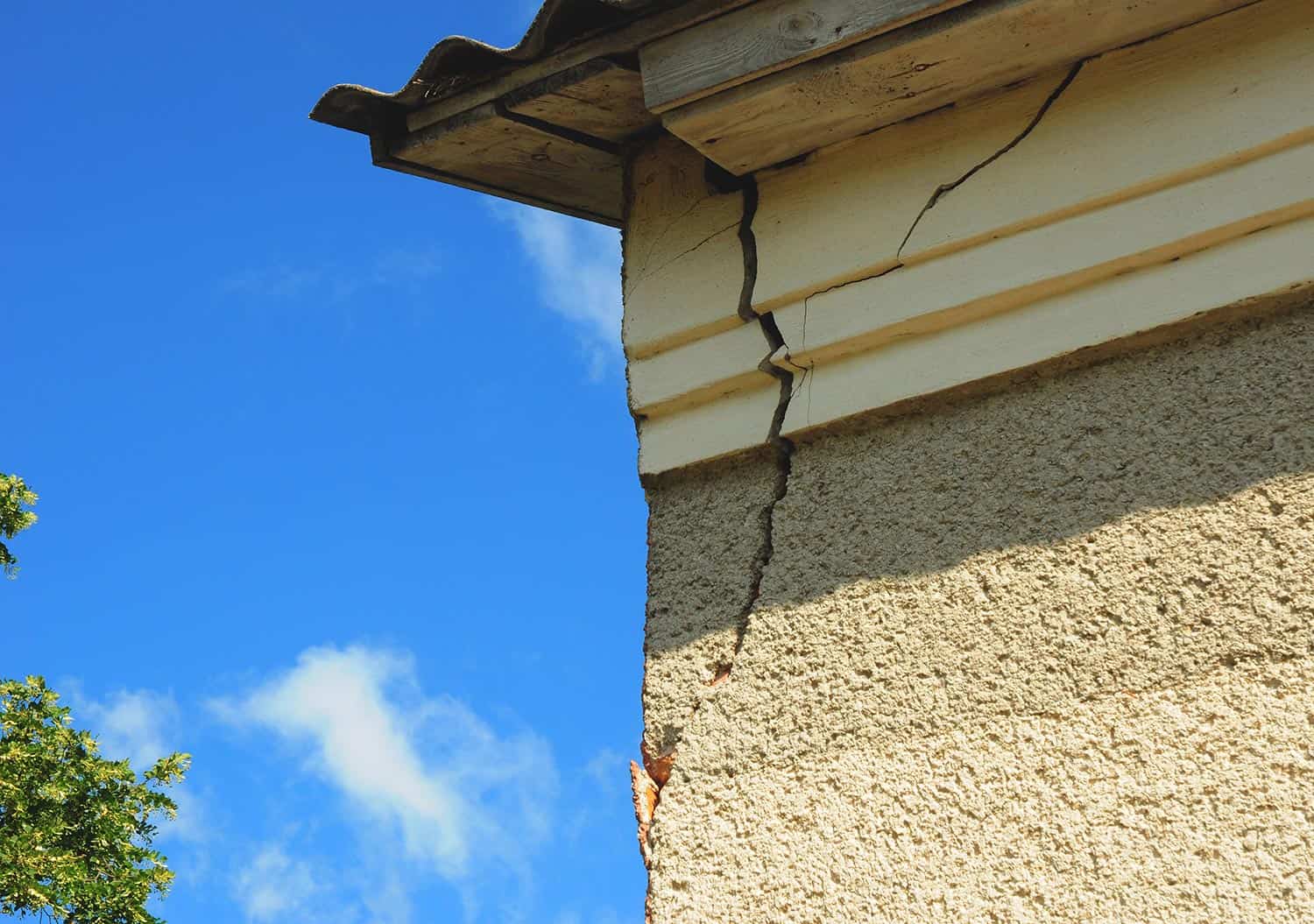
Cracks are the most obvious sign of foundation problems. There are several different areas of your home in which you may notice these cracks. They will start out small and almost unnoticeable, but they will grow very large over time if not repaired. Look for cracks in the following areas:
- Fireplace
- Sheetrock
- Home siding
- Floor tiles or floorboards
- Around door and windows
Upheaval in Slab
There are several different signs of slab upheaval. The most common of these is visible unevenness of the structure. You may notice sloping or wavy floors, leaning countertops, a tilting chimney, or uneven walls.
A less obvious sign of slab upheaval is jamming in doors and windows. Keep a watchful eye for doors that drag the floor when opened, doors that are difficult to open, and windows that won't budge. You may also notice that your cabinets will not stay closed.
Protruding Nail Heads
As the foundation shifts, it often pushes nail heads from the walls. If you notice this within your home, you are likely experiencing foundation problems.
Plumbing Leaks
Although the climate is a major cause of structural damage to homes in Texas, plumbing leaks also lead to foundation problems. If you notice any leaks, it's important to have a professional inspect your home for possible foundation damage caused by those leaks.
Additional Questions
Here are a few additional questions that may help you out if you are worried about foundation issues:
How Often Should You Water Your Foundation in Texas?
How often you should water your foundation in Texas will depend on the climate in your particular area. If it is excessively hot with little to no rain, you will likely need to water your foundation approximately five days per week for about 30 minutes per day.
Does Sprinkler System Water Foundation?
If positioned properly, sprinkler systems can be used as a means to water your foundation. Just make sure you are not running them too often, and don't position them too close to your home.
Is it Bad for Sprinklers to Hit a House?
When installing sprinkler systems, the water should never hit your house. Make sure to position them at least 20 inches away from your home.
How Much Does Foundation Repair Cost in Dallas?
According to Home Advisor, the average cost of foundation repair in Dallas is $5,109. The sooner you notice foundation problems, the cheaper it will be to repair the damage. Small cracks can typically be repaired for as little as $500. Therefore, it's important to have regular home inspections.
In Closing
Because of the soil and climate conditions in the area, Texas is known for causing foundation problems. However, there are preventative measures you can take to keep your home in good standing. There are also signs that will alert you of any existing damage.
For more information on protecting your home's foundation, read these other posts on our blog:
How To Take Care Of Your House Foundation [A Complete Guide]




